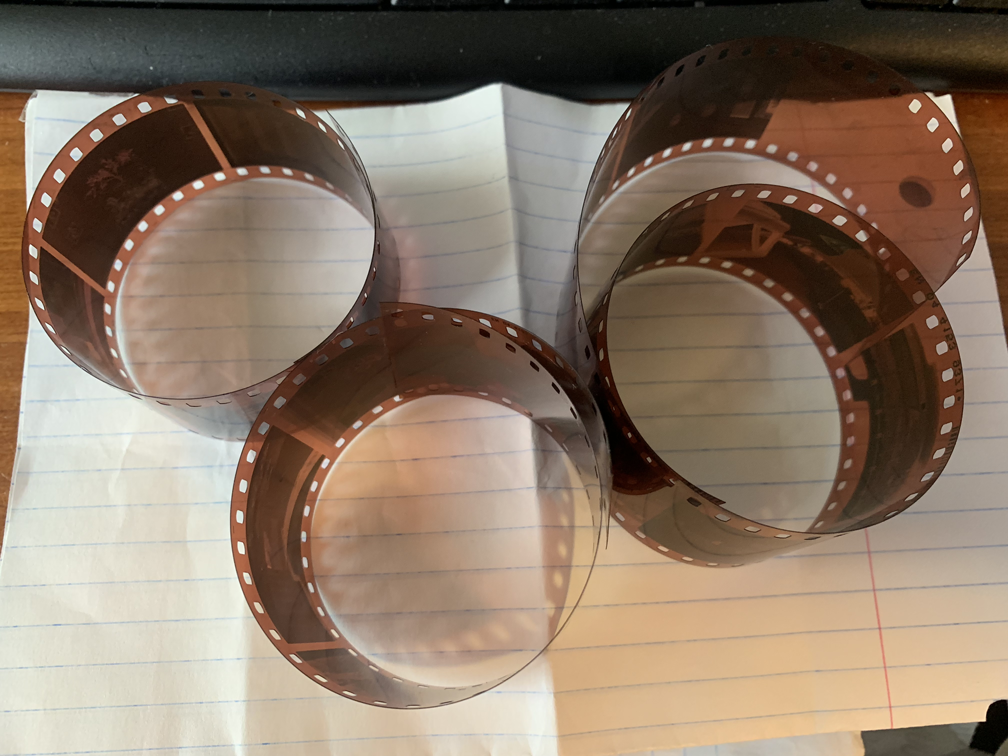SD card slot driver issue
So apparently I have this ongoing problem with the driver of my laptop's SD card slot where, every time insert the SD card from my DSLR camera, it always asks me to format it before it can be used and I can assure you that it didn't happen before... well, it happened since July actually but back then it felt no big deal as I just used the USB lead for my camera to access the card's data while it's inside it but prior to this, I always fancied the idea of sticking the card in, view the files contained and import them from there as it's quicker.
My gut feeling tells me that the driver of the SD card slot is probably borked in some way and may have to reinstall it but the problem is... I forgot the name of said driver and I even tried to locate it under Device Manager to no avail. I had it installed since 2016 by the way, so that's one thing I know for sure.
Assistance would be grateful, even though I don't make use of the slot as much as I used to.

Comments
How old is the laptop, and what kind of SD card is it? I know some laptops have trouble reading the newer, higher capacity cards (like SDHC or SDXC).
What camera is it? Or what format does it put on the card? Once you determine that, try formatting the card in your computer with the same file system and see if the camera will write to it. Perhaps windows just doesn’t like the way the camera formats it. It could be that it’s not 100% faithful to the spec.
I've had the laptop for eight solid years, but the SD card used is just a basic 1GB one (can't tell of its manufacturer, sorry).
I use a Canon EOS 1000D, and the card's default format is FAT. Funnily enough, I actually did try to format the card but I was unable to do so for some odd reason. Don't really want to change its format to either NTFS or exFAT (the two other options) in case the camera won't be able to write future photos to it. But as I said before, this didn't happen until July, unless a Windows update somehow borked it.
Try using diskpart from the windows command line. Do list disk, to find the sd card disk number. Then select disk 4 (or whatever the number was, don’t select the wrong disk, especially not your HDD) and then do clean. That should wipe the card completely. Then you can try to create a new FAT volume with diskmgmt.msc
If that screws everything up, you can try to reformat the card from the camera
Well as expected, diskpart didn't work for it... because it mentioned about an I/O error about the card. Formatting it through the camera didn't work either.
I might think about getting an external SD card reader if nothing else can help solve the problem.
An external will likely not help.
Either verify on a different OS install or different computer.
If that's a 1gb card (old) and you use it on a camera, its cycles are about to reach max at this length of time.
Don't have any of those unfortunately. I guess I'll just leave it.
By the way, the card's file system is actually DCF. I saw that when I connected the card via the USB port of my camera.
DCF is not a filesystem. It is a camera storage standard, and is why image files from digital camera have oddball names and folder structure.
DCF states the format for a card must be fat or a fat-like system.
Like I said, that card may be nearing its end. I recommended different systems to verify.
Well if it was "nearing its end", then I wouldn't be able to have data be written on it, can I? I'm very certain that the driver associated with reading SD cards is at fault and all I want to do is reinstall it.
Although, about testing it on other systems, I wonder if I can do this on my WinXP VM but I'm not sure how that'd be possible.
When its nearing its end, it can throw off a variety of different symptoms.
Windows not liking it, data not being able to be written on it and be stored when its pulled out, to it not being seen at all.
Could there be something else? Certainly, probably the pins of your reader are off.
If you really think the driver is at fault, then go find the hardware ID of the reader through devmgmt and web search it. Or your laptop manufacturer will have it posted on its support site. These days, SD readers are bulk purchased generics strapped onto the usb bus with the firmware modified to make them seem different to cut costs. Unlike in the past where they were on the pcie bus for speed.
As it turns out, information about it does exist on Dell's website (as I have a Dell Inspiron N7010). It tells me it's an SDHC-card slot but I cannot locate it under Device Manager. I had assumed it could be under IDE ATA/ATAPI Controllers but because my hardware knowledge is a bit off, I assume it isn't.
Is there a card inserted? On one of my laptops, the card reader didn't even show up in the device manager until the card was inserted.
It did for me, when I inserted it. Didn't really think about that at first. Anyway, Device Manager tells me that it's "working properly" so there's probably no need to reinstall it, and perhaps the card has a problem after all. I'll probably get another SD card and carry out further tests to verify this further.
Well, I guess some of you were right after all, from a little update to provide here. The SD card was failing after all, as I got myself a new one today (8GB) and when I inserted it into the SD card slot, no problems.
For that other card, it was transferred to a compact I have but I tend to use a USB connection for it to the system.
Good to know at least you got everything off and found out in time.

Personally, I've had a similar experience with a CF card that wouldn't keep files. I spent an hour trying to figure out if it was my camera or the CF reader on my computer. At least in my case I copy files to a hard drive after every photo shot, so I just lost half of that day's shooting as it went down.
That and I use film for the absolute most important things because the only real way I could lose the images is if I happen to mess something up during the loading/unloading of the canister or developing process.
Because I guarantee you, the chances of this corrupting- very low. Especially when you've been doing the process for years. Before those hipsters started ruining it.
You've mentioned backing up important photos onto film in the past. It sounds interesting. I may start doing something like that. I am not a hipster though. :-P
I wouldn't quite recommend it. The imager I showed on the 2000 modernization tips has lines that go through printed images.
An Agfa Forte or Procolor are the best ones to use, but they're the size of a copy machine.